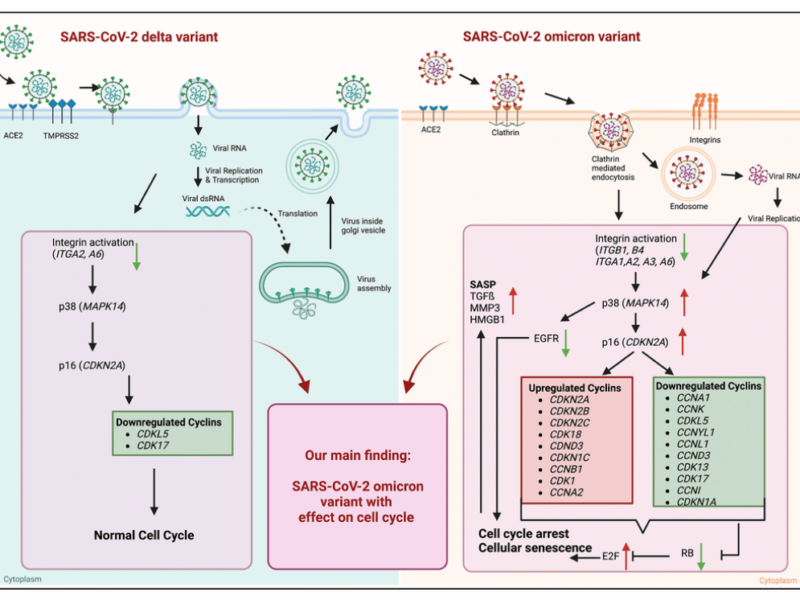PRESS RELEASE: A new research paper was published on the cover of Aging’s Volume 15, Issue 23, entitled, “Uncovering a unique pathogenic mechanism of SARS-CoV-2 omicron variant: selective induction of cellular senescence.”
Aging (Aging-US) Authors
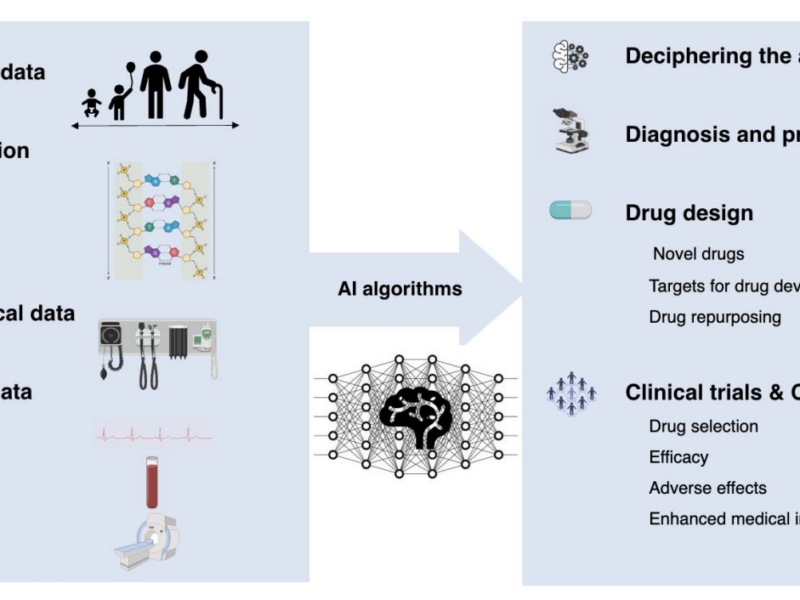
PRESS RELEASE: A new editorial paper was published in Aging’s Volume 15, Issue 22, entitled, “Artificial intelligence for aging research in cancer drug development.”
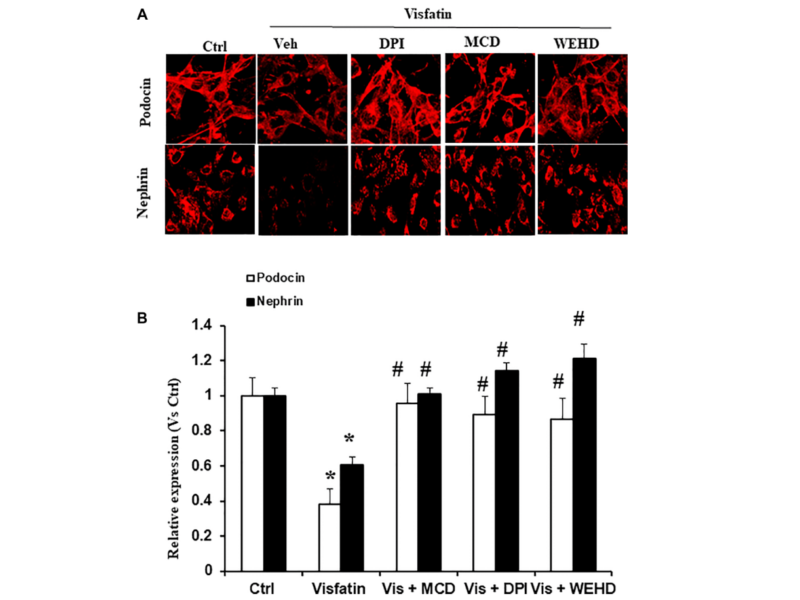
PRESS RELEASE: A new research paper was published in Aging’s Volume 15, Issue 22, entitled, “Contribution of membrane raft redox signalling to visfatin-induced inflammasome activation and podocyte injury.”
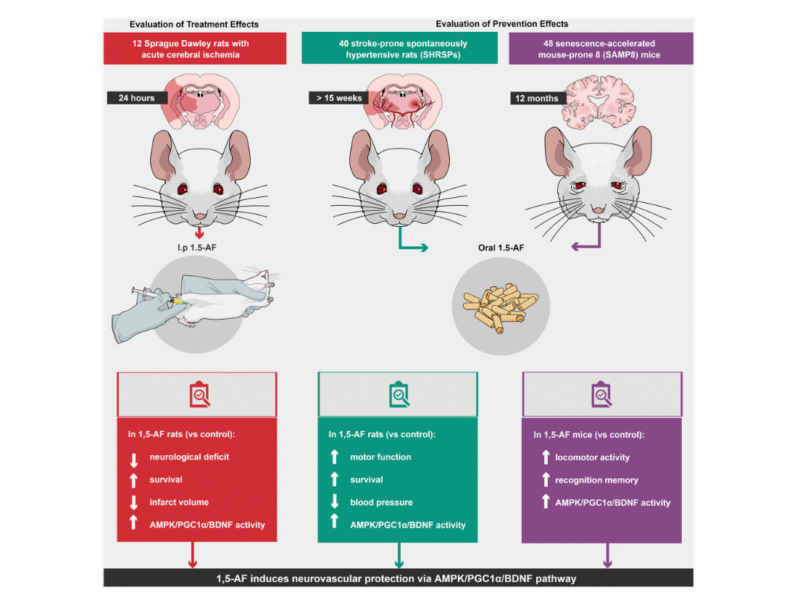
PRESS RELEASE: A new research paper was published in Aging’s Volume 15, Issue 21, entitled, “1,5-anhydro-D-fructose induces anti-aging effects on aging-associated brain diseases […]”
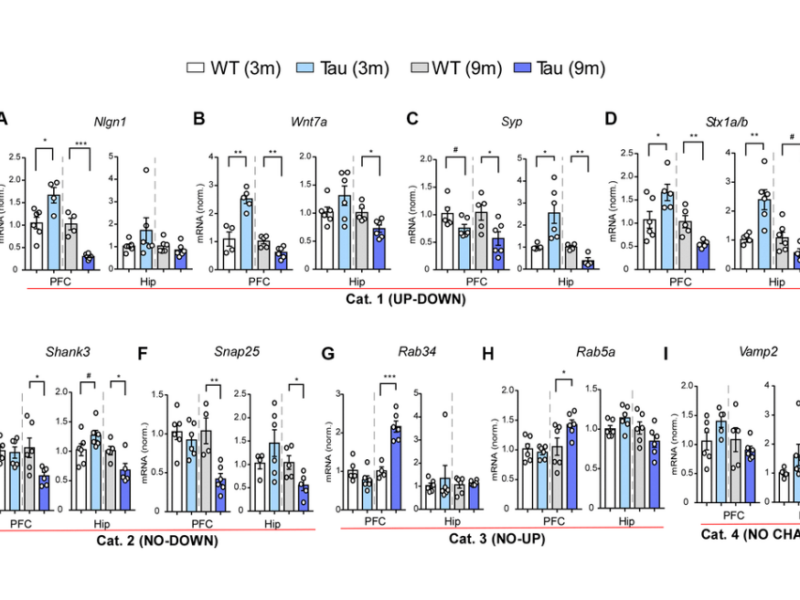
PRESS RELEASE: A new research paper was published on the cover of Aging’s Volume 15, Issue 21, entitled, “Longitudinal characterization of behavioral, morphological and transcriptomic changes in a tauopathy mouse model.”
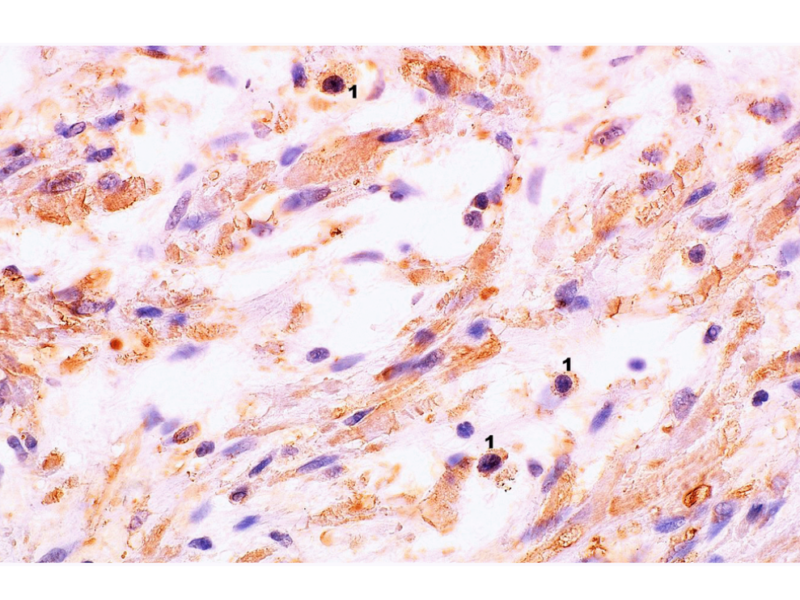
PRESS RELEASE: A new research paper was published in Aging’s Volume 15, Issue 20, entitled, “Tissue immunoexpression of IL-6 and IL-18 in aging men with BPH and MetS and their relationship with lipid parameters and gut microbiota-derived short chain fatty acids.”
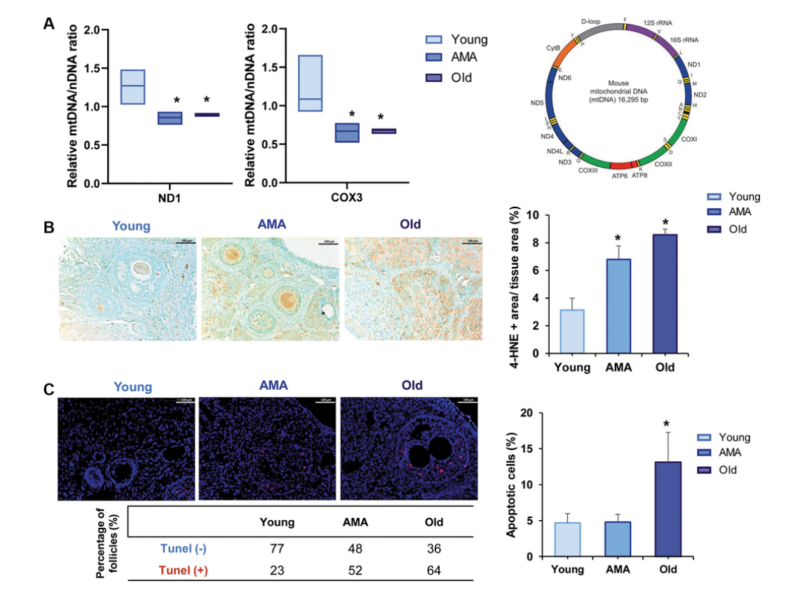
PRESS RELEASE: A new research paper was published in Aging’s Volume 15, Issue 20, entitled, “Deciphering reproductive aging in women using a NOD/SCID mouse model for distinct physiological ovarian phenotypes.”
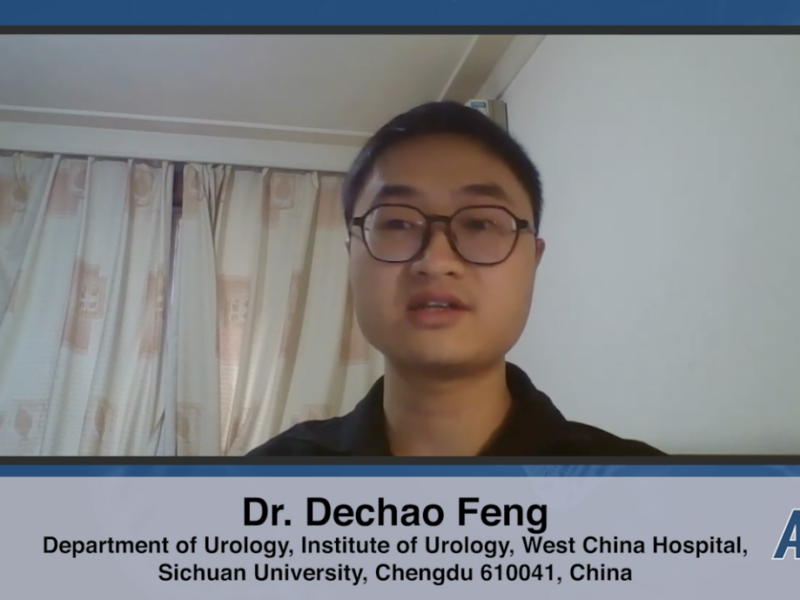
Dr. Dechao Feng from the Department of Urology, Institute of Urology, West China Hospital, Sichuan University, discusses a research paper he co-authored that was published by Aging (Aging-US) in Volume 15, Issue 18, entitled, “Identification of senescence-related lncRNA prognostic index correlating with prognosis and radiosensitivity in prostate cancer patients.”
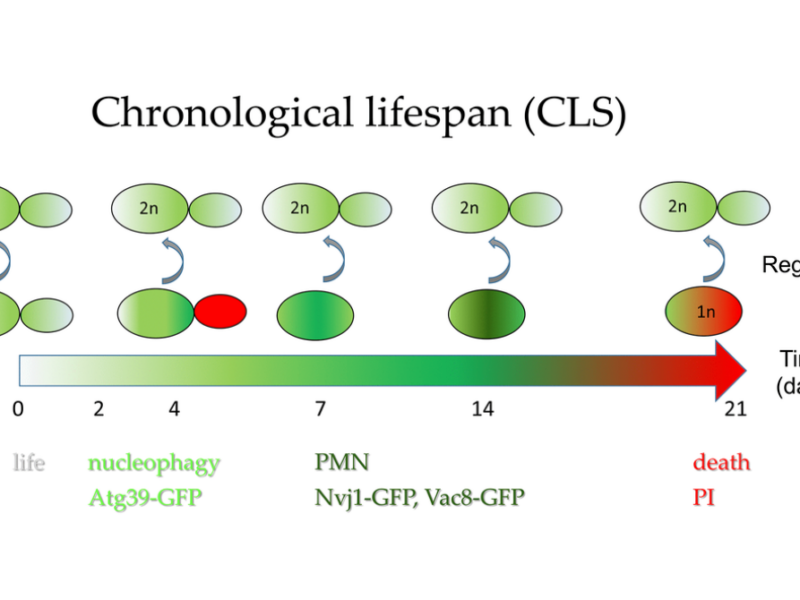
PRESS RELEASE: A new research paper was published in Aging’s Volume 15, Issue 19, entitled, “Live while the DNA lasts. The role of autophagy in DNA loss and survival of diploid yeast cells during chronological aging.”
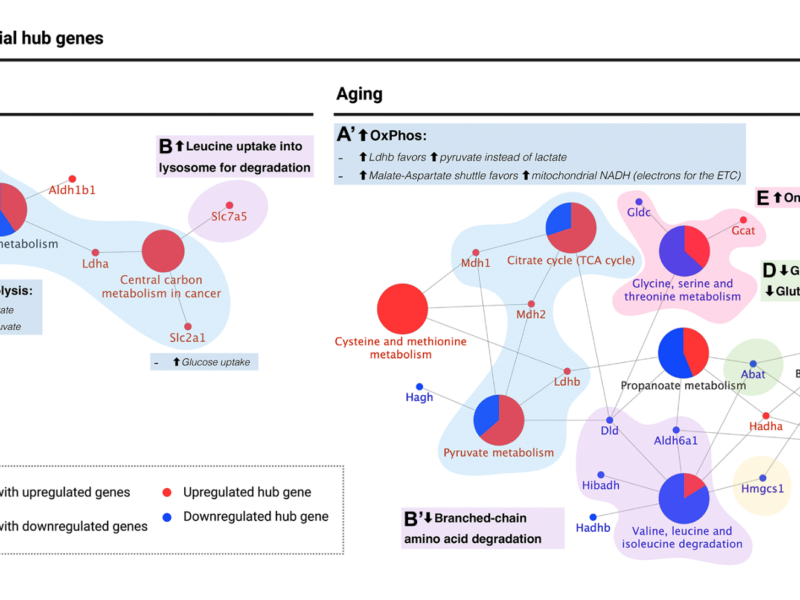
PRESS RELEASE: A new research paper was published in Aging’s Volume 15, Issue 19, entitled, “Metabolic switch in the aging astrocyte supported via integrative approach comprising network and transcriptome analyses.”
